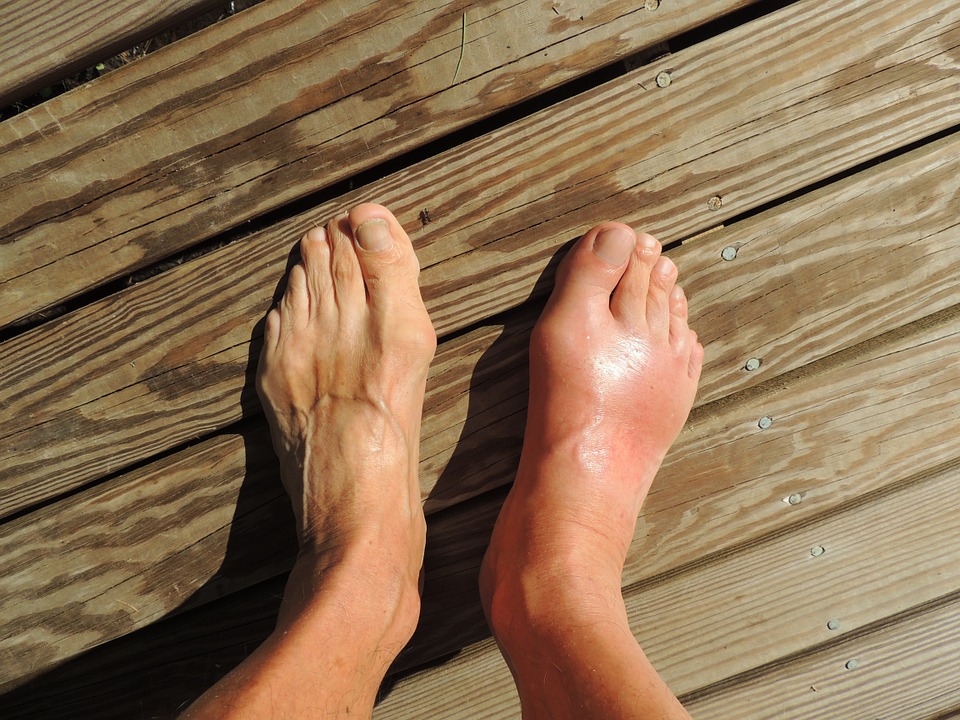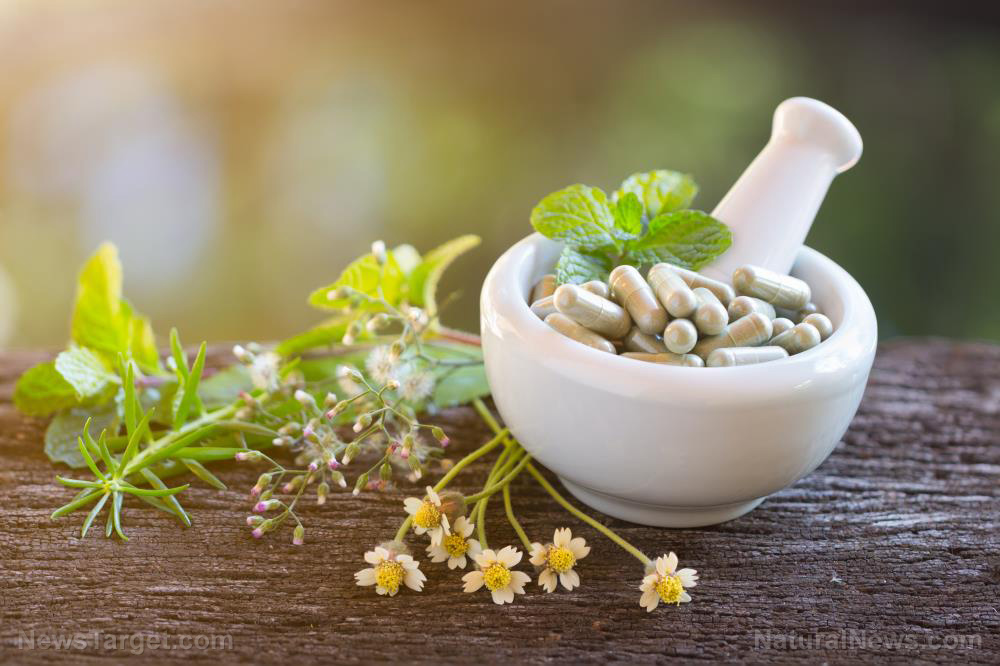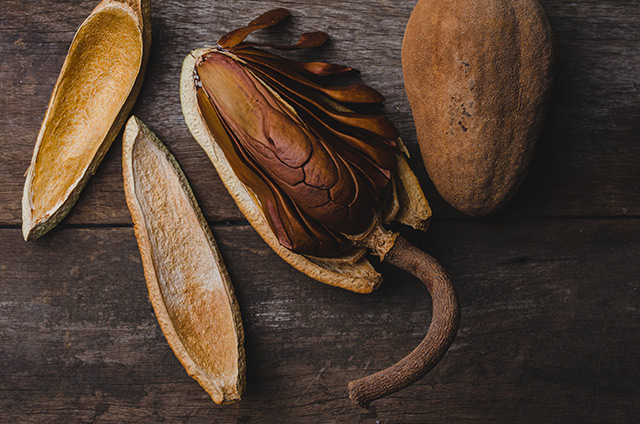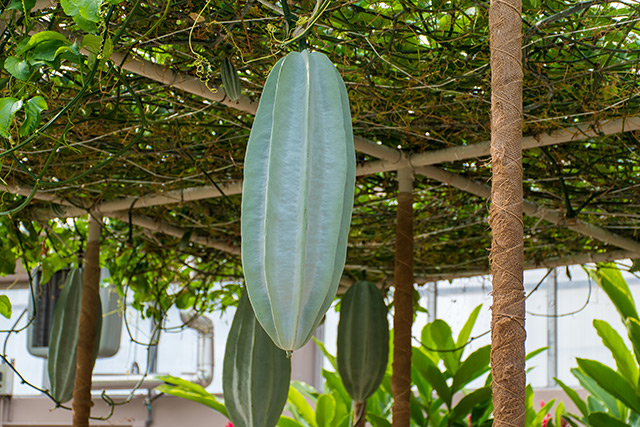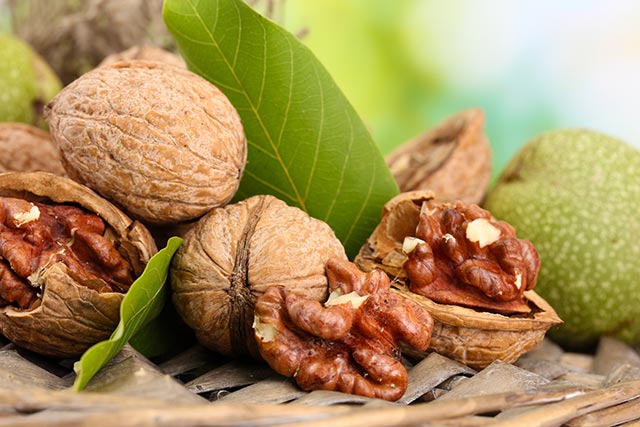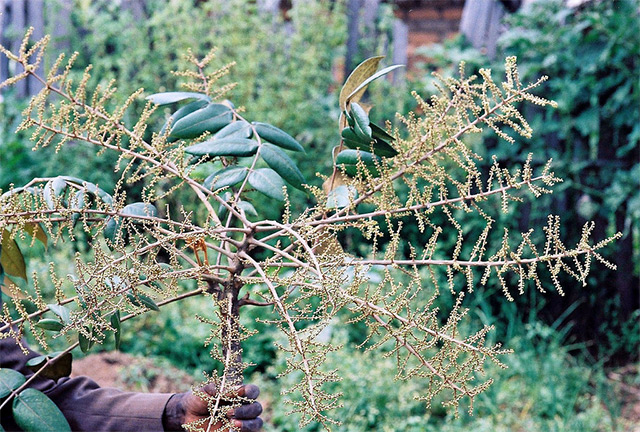Pesticide contamination in cannabis is a big problem: Here’s what you need to know
10/27/2018 / By Isabelle Z.
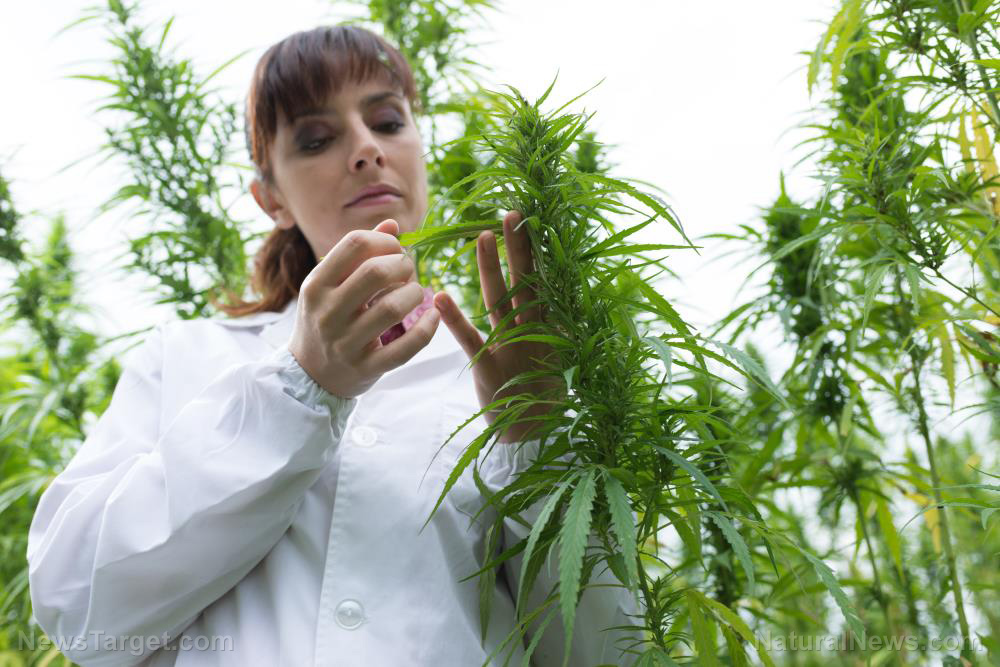
As medical marijuana regulations loosen around the nation, more and more people are turning to cannabis for its health benefits. As people find relief from issues ranging from epilepsy to cancer, they might also be inadvertently creating other health problems for themselves thanks to the big problem of pesticide contamination in cannabis.
Because the plant remains illegal at the federal level, some growers are not subject to federal regulation, which means they use whatever chemicals they please to grow commercial marijuana. Black market growers often go for the growing methods that offer the highest yield – and greatest profits – without worrying about how dangerous they are to people’s health and that of the environment. As a result, many well-meaning cannabis users can’t be certain what chemicals they are consuming. Some people believe FDA regulation could help eliminate such dangers, but that seems unlikely and the problem looks like it is only going to get worse.
In August, reports emerged that 90 percent of the illegal marijuana farms that were raided in California so far this year tested positive for potentially deadly pesticides that poison wildlife and threaten water supplies; this is six times the figure noted in 2012. One pesticide that is commonly used on the plants is so powerful that just a quarter of a teaspoon of it can kill a 300-pound bear. Not only is it dangerous to people and animals directly, but it also seeps into the ground and runs off into rivers and streams, contaminating drinking water and harming marine life.
Most of the pot grown at these farms heads out of state to places on the East Coast and in the Midwest; it wouldn’t be able to pass the standards set by the state of California for legal marijuana because of the chemicals.
A series of lab tests in Berkeley, California, found that 84 percent of the medical marijuana samples tested contained high amounts of pesticides, shocking researchers at the lab. They found chemical residue of myclobutanil, an ingredient in a pesticide known as Eagle 20, in more than 65 percent of the samples they tested. Used by growers to combat mildew and pests, it turns into a colorless and highly toxic compound known as hydrogen cyanide. It affects the brain, lungs, and cardiovascular system of those who inhale it, and it can even be fatal.
Other states are facing similar problems. A study published in the Journal of Toxicology in 2013 found that as many as 69.5% of pesticide residues remain in cannabis that is smoked, and it goes straight into your bloodstream when you inhale it. This can cause side effects like liver damage, weakened muscles and even cancer.
Watch out for concentrates
If you think you don’t have to worry about this because you don’t smoke your cannabis, think again. This problem is particularly acute in concentrates. A study carried out by the Cannabis Safety Institute determined that concentrates derived from cannabis have ten times the amount of pesticides that the herb itself does. It’s a surprising result when you consider the fact that the process only increases the concentration of beneficial cannabinoids by somewhere between two and five times.
This could be because the processes used for extracting cannabinoids may be concentrating the pesticides more effectively. In addition, contaminated extraction equipment could be causing cross-contamination. This is why it is absolutely essential to look for products from reputable sources that have been tested for pesticides by trusted labs.
These findings drive home a very important point: Just because something is legal does not mean it is safe. If you are using medical marijuana, you need to be very careful about your sources or you could be in for a very unpleasant surprise.
Sources for this article include:
Tagged Under: cannabis, disease causes, environment, herbicide, marijuana, medical marijuana, Myclobutanil, pesticide contamination, toxic chemicals






